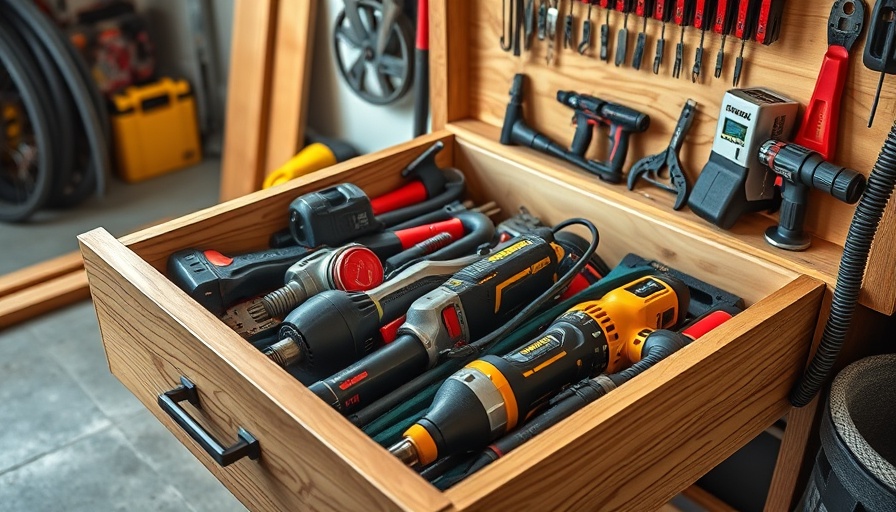
Essential DIY Skills to Elevate Everyday Living
Fixing holes in drywall is a vital skill for homeowners looking to maintain their space. Regular wear and tear often leaves small holes—whether from doorknobs, pet accidents, or simple aging. This guide demystifies this process, showing you how to achieve a polished look effortlessly.
Gathering the Right Tools and Materials
Before you dive into your drywall project, ensure you have the necessary tools: a putty knife, fine-grit sanding sponge, paints, and spackle. Each item plays a critical role. For example, selecting a lightweight, non-shrinking spackling compound can make a significant difference. It not only fills holes but also dries quickly, allowing for a speedier repair process.
Lighting to Spot Imperfections
Using a work light while repairing drywall can illuminate imperfections that would otherwise go unnoticed. This proactive approach helps ensure that your repairs are comprehensive, preventing future work on missed spots.
Step-by-Step Guide to Fixing Drywall
1. **Turn on a work light**: Position it to highlight flaws. 2. **Sand-off loose drywall**: Smooth any protruding pieces from the hole using a fine-grit sanding sponge. 3. **Remove dust**: Clean off any drywall dust with a damp rag. 4. **Apply spackle**: With your putty knife, apply it to the hole, pressing firmly for even coverage. Allow it to dry—a crucial step not to be rushed to avoid needing additional applications.
Caring for Your Workspace
Ensuring a clean workspace is key. Employing rags to clear dust helps achieve a flawless finish. Create a flow in your project from preparation to application, maintaining organization, which not only enhances results but also sustains your motivation.
Emotional Investment in Home Care
Addressing these minor imperfections boosts the appeal of your living space and represents a commitment to home care. Every repair can improve your space, spark joy in your surroundings, and even serve as a short DIY therapy session.
Beyond the Basics: Building Your Craft
Think of drywall repair as a gateway to larger projects. Master this skill, and you'll gain confidence for advanced home improvements, adding value to your home while enhancing your contractor toolkit. Over time, you’ll develop a greater repair arsenal, from painting and tiling to complete renovations.
Conclusion: How to Keep Your Drywall in Top Shape
Regular checks for damages and quick fixes, like repairing holes, contribute significantly to the longevity of your drywall. By embracing these skills and practices, you not only elevate your living space but also cultivate an environment of care and attention to detail.
 Add Row
Add Row  Add
Add 






Write A Comment